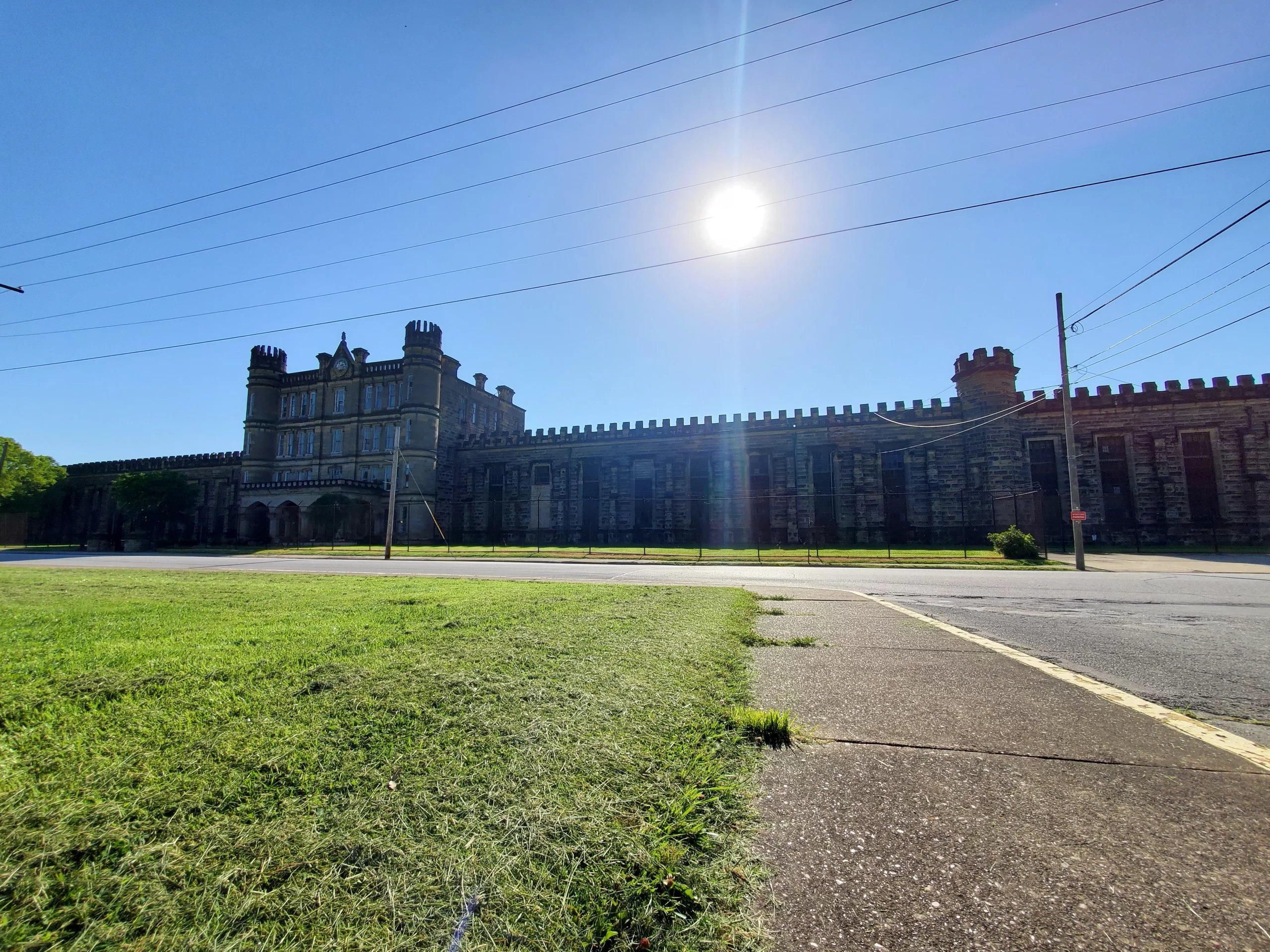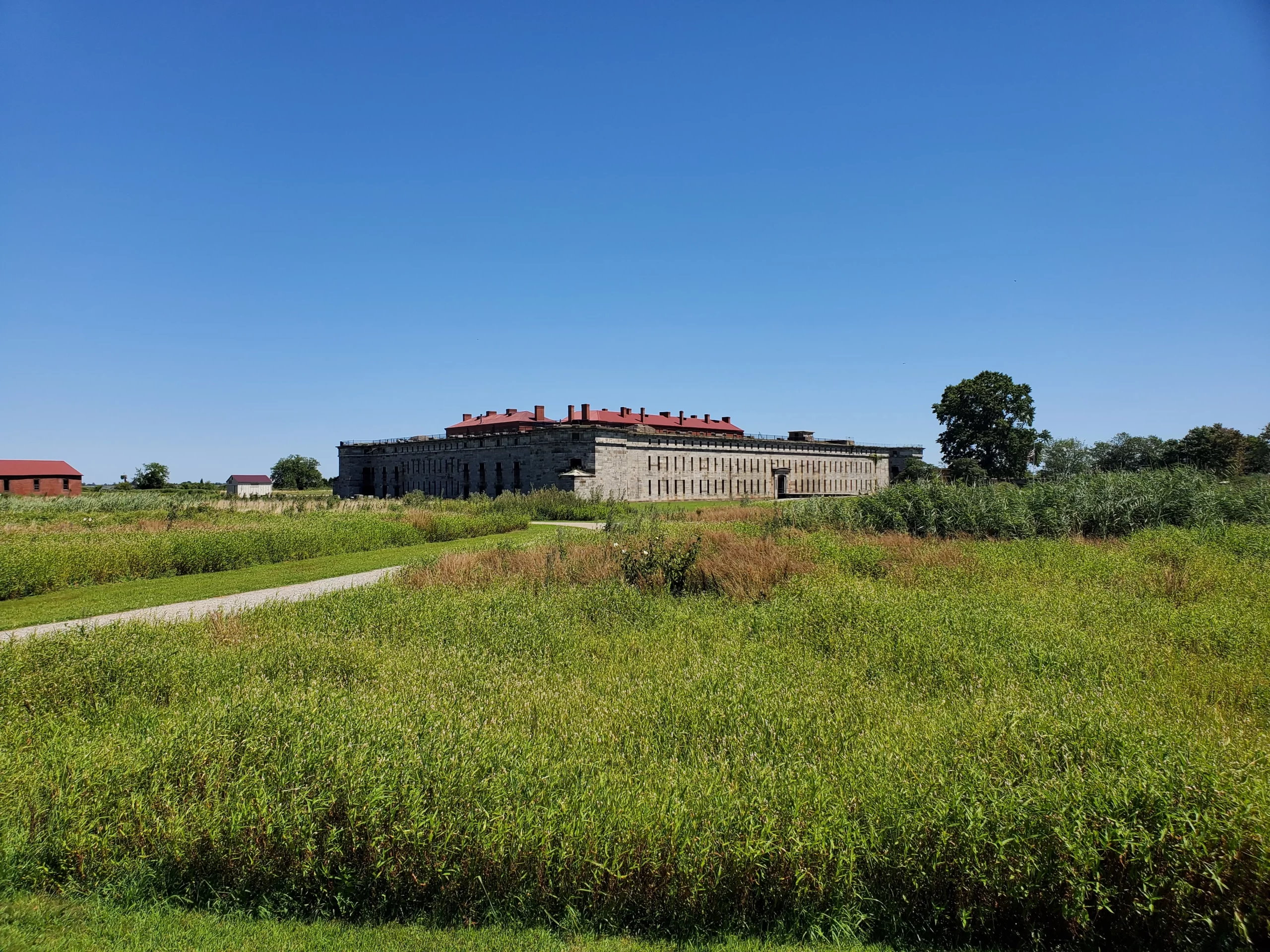West Virginia State Penitentiary
The prison in Moundsville served as the last terminus for almost 1,000 men. Many were electrocuted, dozens were hanged, and many more were killed by people of their own kind. Then there were those who couldn’t handle being imprisoned and killed themselves to get out.
Hard men have been broken, dreams have been crushed, and evil has been punished behind the stone walls of the West Virginia State Penitentiary. The bloodshed and devastation have left a mark that cannot be removed. According to several reports, some of the torturous souls who served time here are still hiding in the crevices of the prison.
History of the West Virginia State Penitentiary
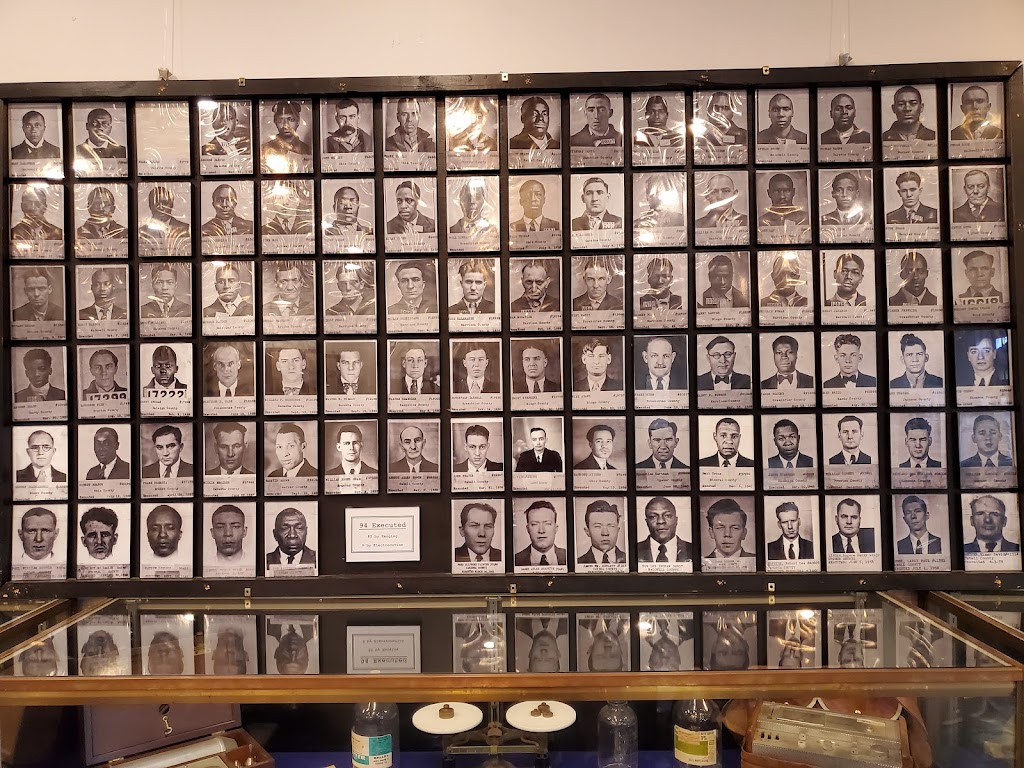
Beginning in 1863, when West Virginia broke away from Virginia to support the Union in the North, is when the history of Moundsville Penitentiary began. The newly created state required a prison, and the tiny community of Moundsville was the ideal option due to its proximity to the then-capital Wheeling.
The community of Moundsville, which is situated along the banks of the Ohio River, got its name from the numerous Adena Indian burial mounds that once stood there and date back more than a thousand years. It would appear that this site was a death trap long before the West Virginia State Penitentiary rose to prominence.
Inside the West Virginia Penitentiary, life was challenging. Throughout its 119-year existence, Moundsville held the dubious distinction of being one of the Top Ten Most Violent Correctional Facilities as listed by the US Department of Justice.
Inside these stone walls, inmates were rarely safe. One of the most notorious rooms in the building is located downstairs. The inmates referred to the recreation area as “The Sugar Shack” more frequently. Here, criminal acts like gambling, brawls, rape, and murder were committed.
Prison: Life (and Death) of the West Virginia State Penitentiary
Similar to many other jails, West Virginia Penitentiary developed its own system of inmate social hierarchy. The inmates had means to assist one another as well as strategies to deal with the rats among them. R.D. Wall, also known as Prisoner Number 44670, was one such informant who received the harshest treatment at the hands of his fellow inmates.
Ghostly Accounts and Tragic History: The Story of R.D. Wall
On October 8, 1929, three other prisoners jumped Wall as he descended down the prison’s basement to reach the area housing the boilers. R.D. Wall was cut and stabbed by the men using blunt shivs. Wall was absolutely butchered into bits after they were done. He is just one of the 36 murders that have occurred here. One of the earliest accounts of ghost sightings at the prison also involves Wall.
Botched Hangings and Changing Execution Methods
85 men were executed there on the gallows between 1899 and 1949. Crowds of villagers would gather to witness the condemned being executed under the tradition. But in 1951, after the state examined a few of the botched hangings, including one in which a prisoner’s head was accidentally severed, the practice of hanging was declared to be cruel and unusual punishment.
The Last Hanging: The Case of Bud Peterson
Bud Peterson, a prisoner from Logan County, was executed by hanging on February 25, 1949. He was found guilty of killing a woman because of a gambling debt. Peterson’s family declined to pick up the body after his sentence was carried out, thus he was buried in the cemetery at the penitentiary, where many other unwanted dead have also found their ultimate resting place.
Construction of ‘Old Sparky’: The Shift to Electrocution
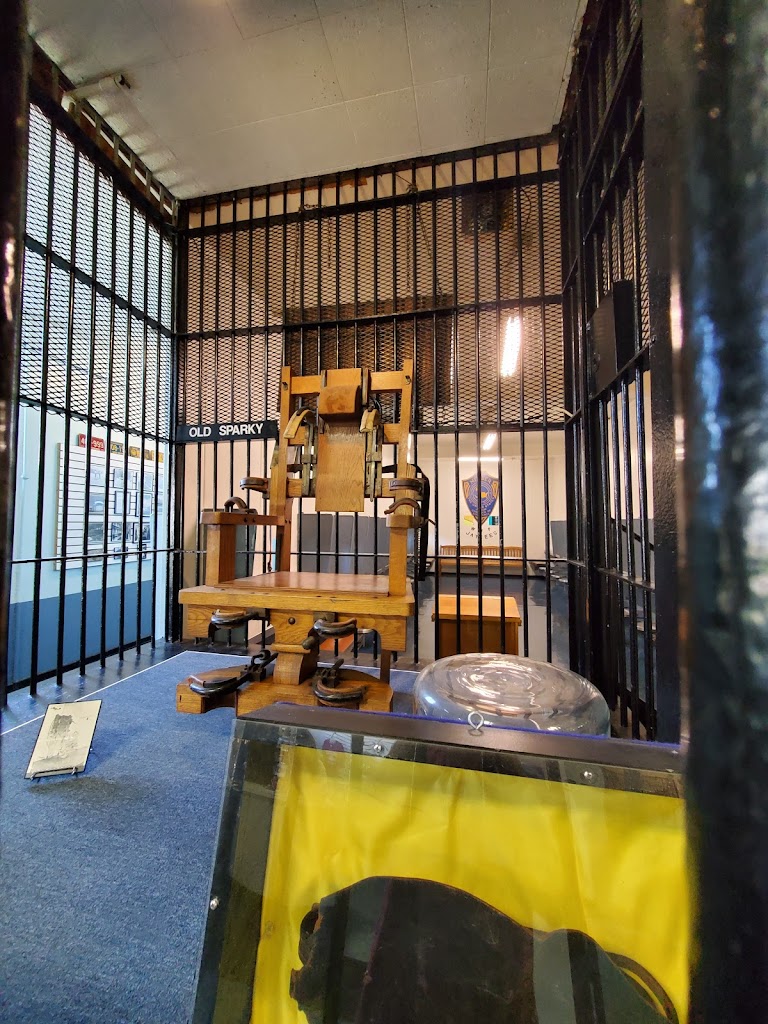
In order to carry out future executions, a prisoner by the name of Paul Glenn was asked to construct an electric chair in 1951. The “Old Sparky” chair is still on display here. Before West Virginia eventually repealed the death penalty in 1965, nine additional inmates were electrocuted to death.
Living Like Animals in Cages
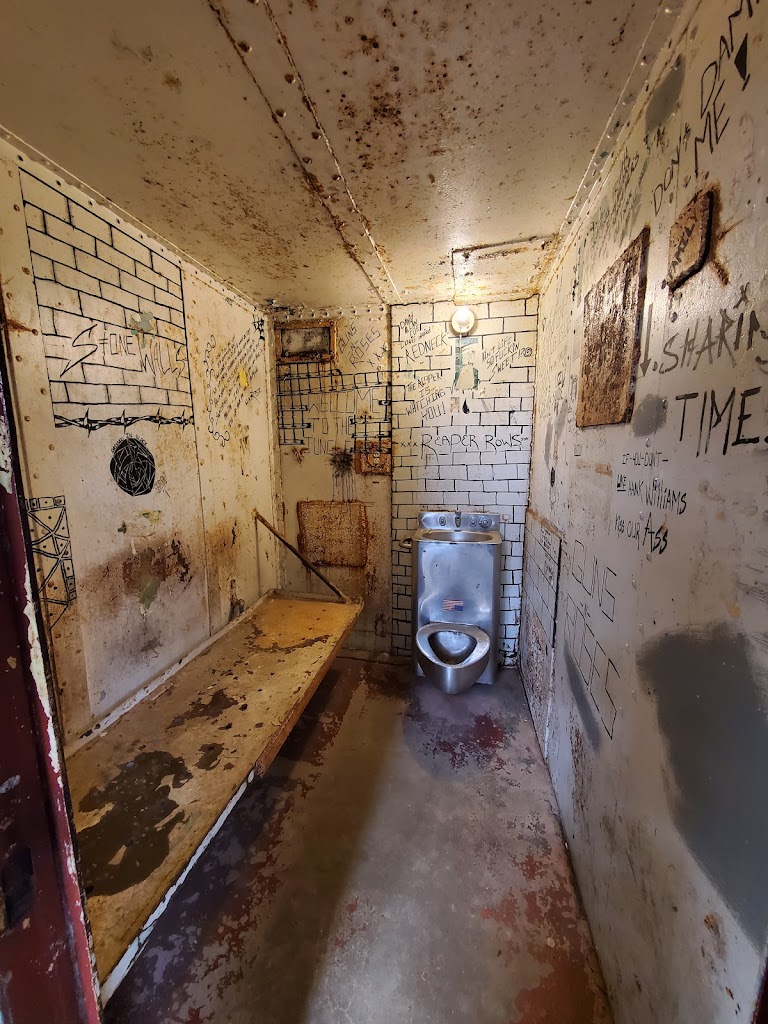
There was a time in the 1950s when overcrowding was so severe that up to three inmates were required to share a five by seven-foot cell. Only two steel bunks and a mattress could fit on the cement floor. The pressure caused deadly riots as the men lived like zoo animals in cages.
The West Virginia Supreme Court determined in 1986 that placing prisoners in cells measuring 5′ x 7′ was cruel and unusual punishment. The jail permanently closed its doors in 1995, and the prisoners were transferred to bigger prisons that could accommodate them.
The Prison is Still Haunted by Tortured Souls
Even though the inmates are no longer here, they are still remembered, and many people claim that the ghosts of some of the 998 men who perished here still wander the streets. A shadow man has been observed and even captured on camera. Unseen powers have harassed the prison staff. Something sinister lurks in the building’s foundation, and strange noises continue to reverberate throughout the cell blocks.
Absolutely you should visit the West Virginia State Penitentiary especially if you love history and haunted places. They offer a variety of tours from ranging from:
- Guided tours – 90 minutes
- Escape the Pen – 1 hour
- Dungeon of Horrors – 45 minutes
- North Walk – 45 minutes
- Public Ghost Tour – 6 hours
- Private Paranormal Investigations – 6 hours
- Twilight Tours – 3 hours
- Thriller Thursday – 3 hours
- Photography Tour – 4 hours
Check out the West Virginia State Penitentiary website for more information.
